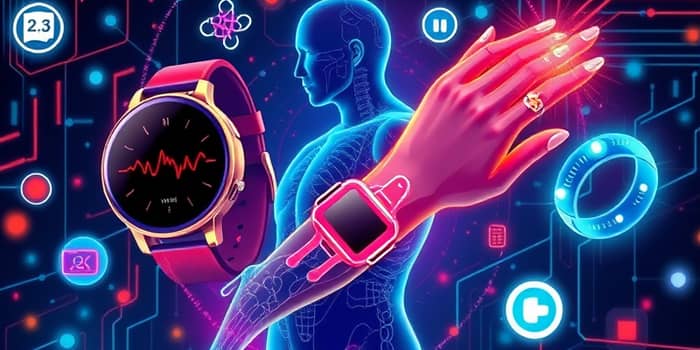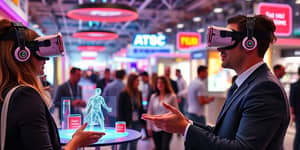
Over the past decade, wearable devices have quietly joined our daily routines, from monitoring steps to tracking sleep. This journey, driven by relentless innovation and consumer demand, is now steering wearables into a new frontier: medical diagnostics. As sensors shrink, batteries last longer, and algorithms grow smarter, these gadgets promise to revolutionize healthcare. In this article, we explore how wearables will reshape diagnostics with unprecedented accuracy, offering both inspiration and practical insight for enthusiasts, clinicians, and innovators alike.
The global wearable technology market is booming like never before. Recent estimates for 2024 value the industry between $84.2 billion and $199.7 billion, highlighting diverse forecasting approaches. Projections suggest the market could surge to as much as $2.3 trillion by 2037, reflecting a compound annual growth rate exceeding 20% in many studies. Such numbers underscore an explosive market growth and forecasts that capture both investor excitement and evolving consumer behaviors.
North America currently dominates the sector with over 40% share, fueled by high-tech adoption and robust healthcare spending. Simultaneously, regions across Asia and Europe are fast closing the gap, driven by rising health awareness and expanding middle classes. Key advancements in sensor technology, wireless connectivity, and energy-efficient batteries are catalyzing this expansion, while collaborations between tech giants and medical institutions forge a path toward clinical validation.
Initially embraced for step counting, calorie tracking, and simple fitness metrics, wearables now venture into complex physiological monitoring. Today’s devices can capture heart rhythms, blood oxygen levels, and even perform single-lead ECGs. Several smartwatches have earned FDA clearance to detect atrial fibrillation, empowering users to identify irregular heartbeats before serious complications arise.
Medical-grade devices, including continuous glucose monitors and at-home ECG patches, are blurring the line between consumer electronics and clinical tools. Patients managing chronic conditions like diabetes, heart disease, and sleep apnea can benefit from medical-grade precision and reliability once possible only in hospital settings. Remote data transmission ensures clinicians receive real-time insights, enabling proactive interventions and personalized care plans.
The surge in diagnostic wearables is rooted in multiple converging forces:
Wearable diagnostics are finding applications far beyond individual wellness. Healthcare providers, insurers, and researchers are leveraging continuous data streams to enhance outcomes and reduce costs. Below are some illustrative examples demonstrating the breadth of possibilities.
As diagnostic wearables gain traction, they unlock new frontiers in healthcare delivery. Real-time monitoring can accelerate disease detection, minimize hospital readmissions, and empower individuals to manage their health proactively. Insurers stand to benefit from reduced claim costs, while public health agencies can harness aggregated data for population-level insights. However, the journey is not without hurdles.
Looking forward, wearables are poised to become indispensable tools in both personal and clinical arsenals. The integration of real-time data analytics and AI will refine diagnostic algorithms, making early detection of ailments like diabetes, arrhythmias, and respiratory disorders more accessible. Healthcare systems can streamline operations by remotely triaging patients, thereby reducing strain on hospitals and clinics.
For patients, the evolution of seamless integration into smart environments means monitoring can occur unobtrusively through everyday objects—textiles, jewelry, or even furniture. Imagine a patient’s mattress tracking sleep quality or a car seat analyzing posture and stress levels during commutes. These innovations will transform passive data collection into actionable health guidance, fostering a culture of prevention rather than reaction.
To realize this vision, collaboration among technologists, clinicians, regulators, and end-users is crucial. By prioritizing user-centric design, rigorous validation, and robust security measures, the industry can ensure that wearable diagnostics not only inspire hope but also deliver tangible health benefits. The journey from fitness to diagnostics represents a paradigm shift—one that promises to redefine our relationship with personal health and unlock a future where early intervention and personalized care are the norm.
References













